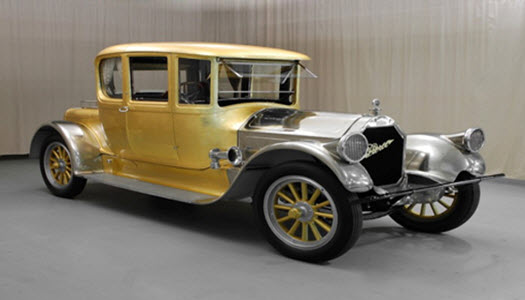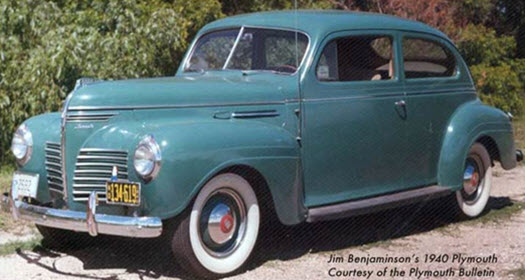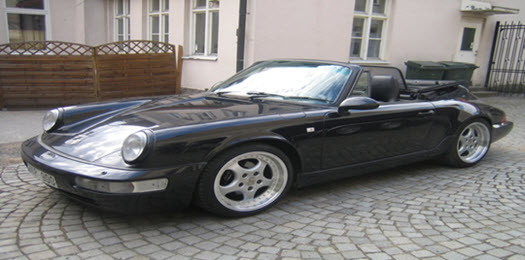Tips for Driving BMW Through Hills & Terrains
Posted on | 27 Jan 2017 By Anita Gaal
Drivers have come to expect more from their BMW than what you may expect from another brand of car and for good reason. BMW’s are known for their innovation and commitment to unparalleled standards for both luxury and performance and that is expected to be maintained even on a variety of inclines and terrains. You don’t purchase a car solely because it drives straight lines well on flat surfaces and you shouldn’t expect your BMW to fold at the first sign of less than ideal terrains. There are however important tips to consider to keep navigating these less than ideal hills and roads easier on you and your car at the same time so consider these tricks before your next drive.
Important tricks to consider
- Utilize Your Hill Descent Control– Hill Descent Control is a driver assistance system available in four-wheel drive BMWs. When navigating a hill it will take control of the vehicle and hold it at a steady, pre-determined speed. This will help control the brakes so you the driver can better focus solely on steering and navigating the hill. Combined with the BMWs anti-lock braking system, HDC is a great feature for driving on loose downhill surfaces like gravel, grass or snow and gives you excellent stability and helps to prevent the vehicle from skidding.
- Use the Right Drive Gears– If your vehicle has an automatic transmission then it’ll be easier for you to drive uphill as opposed to a manual one. Your transmission automatically will switch to a lower gear with lower RPMs when your speed gets low enough but there is a way to get more power while being easy on your engine and transmission. Your BMW should have drive options like D1, D2 or D3 to give your vehicle more climbing power and speed while maintaining higher RPMs, D2 or D3 will offer you an easier uphill drive while allowing for less wear on the engine by maintaining the RPM levels.
- Check Coolant and Engine Oil Levels– If you are going to be driving steep uphill or downhill grades, check your engine oil and coolant levels prior to heading out. These should be filled close to the MAX line and will help keep your engine from overheating and well lubricated to avoid added strain.
- Clean Your Car After Driving Rough Terrains– After driving on any poor roads or terrain you can check your vehicle’s safety by removing any excess dirt and mud from the body and by clearing mud, snow, ice and any other types of debris from the wheels and tires. You can also inspect your BMW after driving for any damages that may have been caused by the terrain.
- xDrive Is Worth It– On most top selling models of BMW, xDrive All Wheel Drive is available and should be considered before purchasing any new BMW. It is a permanent all-wheel drive system that distributes the engine power between front and rear axles and it can send 100% of power to either axle at any time. It constantly changes how much power is delivered to the front and rear wheels to give you the best traction possible at all times. This makes handling any terrain, hill or windy road easier and gives you more grip and control of your vehicle. This option is extremely popular with BMW drivers so if you think that you may be driving a wide variety of terrains with your BMW, consider just how effective and beneficial this feature may be before purchasing your new BMW.
Don’t neglect car maintenance
Chances are you will have to navigate some rough terrains at some point and time with your BMW and while it is designed to handle anything the roads can throw at it, maintaining your car is always a good idea. Knowing the best ways to care for your car during and after driving these roads and hills will help preserve your BMW’s performance and appearance as well. Being better prepared is never a bad thing and when it comes to the health of your car, you want it to be running properly for its’ entire lifespan and following these tips and others when it comes to care, your BMW will also likely have a longer lifespan as well.
Featured Image credit goes to : DathArt
BMW X4 image credit goes to : DathArt























